By Russ Ouellette
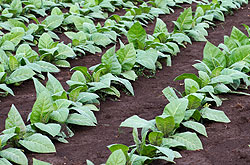 "I don’t get no respect, no respect at all!" If you’re 30 or older, you can’t read or hear those words without seeing the image of Rodney Dangerfield straightening his tie. Well, from my perspective, Burley is the tobacco equivalent of the late comic. Let’s take a look at this mistreated leaf.
"I don’t get no respect, no respect at all!" If you’re 30 or older, you can’t read or hear those words without seeing the image of Rodney Dangerfield straightening his tie. Well, from my perspective, Burley is the tobacco equivalent of the late comic. Let’s take a look at this mistreated leaf.
Burley is another strain of nicotiana tabacum, which includes virtually every type of tobacco used commercially. The leaves of this plant are moderately sized, and the plants are grown widely from the mid-Atlantic region of the U.S., through the south and into the Midwest. In addition, Burley is cultivated in Canada, Malawi, Brazil, Mexico and Argentina.
What characterizes Burley are its low sugar content, high oils and moderate to high nicotine. The dark strains of the plant are earthy, spicy and cigar-like, and have a heavy vitamin N jolt, whereas the lighter Burleys (generally referred to as White Burley) are nutty, sometimes with a bit of a cocoa note, and a more moderate nic kick.
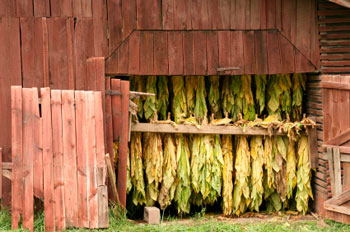 Most types of tobacco are cured primarily using a single method of curing, but Burley is an exception. Burley is usually air-cured, meaning that time and the movement of air through the barn are what dries and cures the leaf. Dark Burley used in cigars (like DeNobili and Parodi) are sometimes fermented after curing. Another type of dark Burley is dark-fired (most often referring to Kentucky Burley), which is cured over an open fire, and the tobacco is flavored with the smoke, similar to the way that Latakia is made.
Most types of tobacco are cured primarily using a single method of curing, but Burley is an exception. Burley is usually air-cured, meaning that time and the movement of air through the barn are what dries and cures the leaf. Dark Burley used in cigars (like DeNobili and Parodi) are sometimes fermented after curing. Another type of dark Burley is dark-fired (most often referring to Kentucky Burley), which is cured over an open fire, and the tobacco is flavored with the smoke, similar to the way that Latakia is made.
Even though some pipe smokers look down upon Burley as the least common denominator of tobaccos, it certainly is not. In fact, it is the most versatile of all tobacco strains, in my opinion. It’s used in pipe tobacco, cigarettes, cigars, snuff and chew. It also has the unique property of being able to absorb flavorings readily, and the white strain is mild enough in flavor to allow the flavorings to take center stage. Almost certainly, Burley’s ability to readily absorb casings and top dressings are one of the reasons that it became so popular with the advent of the "aromatic era" starting in the sixties.
Burley sort of straddles the line of demarcation between the light and "black" (cigar) tobaccos. In its milder versions, Burley has a slightly sour note, sort of like a walnut, but a relatively neutral flavor, so when flavors are added, they are more noticeable than they would be with a tobacco with a stronger native flavor. With the darker strains, there’s a spiciness (caused by the higher nicotine level) that will tend to cause a "catch" in the smoker’s throat, along with an earthiness that is very reminiscent of cigar leaf, especially Honduran leaf.
Because Burley tends to have a bit more Vitamin "N", it’s routinely used when a little more kick is wanted. Most of the powerful blends from the British Isles use dark Burley to fortify them. The same principle is used when Burley is incorporated into cigarette tobacco, chew, or snuff. In fact, there are at least two blends that I can think of that probably weren’t blends at all, but straight dark air-cured Burley. That kind of tobacco would have a very cigar-like flavor and a kick like a Missouri mule.
One of the caveats with the use of Burley is that it has an alkaline nature, meaning that the smoke will tend to have a pH above 7, and one of the things that will cause the body to absorb nicotine more readily is an alkaline (or basic) matrix, which makes sense if you realize that nicotine belongs to a group called alkaloids. Caution has to be used when working strong Burley into a blend so the end result won’t be overpowering.
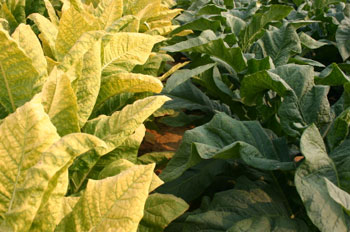 Burley is also used in more different forms than any of the other types of obacco. You’ll regularly find it cut into shag, fine and wide ribbons, flake-cut, crimp cut, pressed into plugs, cakes and flakes, along with an old favorite, cube cut. Just about every form of chew (loose, plug, moist snuff (dip)) contains some form of Burley. In this particular usage, the ability of the leaf to take on flavorings is even more apparent. That’s why chewing tobacco often has a very distinctive flavor, typically confectionary or fruit, and often in combination with base sweeteners like molasses and licorice (yes, licorice can be considered a sweetening agent).
Burley is also used in more different forms than any of the other types of obacco. You’ll regularly find it cut into shag, fine and wide ribbons, flake-cut, crimp cut, pressed into plugs, cakes and flakes, along with an old favorite, cube cut. Just about every form of chew (loose, plug, moist snuff (dip)) contains some form of Burley. In this particular usage, the ability of the leaf to take on flavorings is even more apparent. That’s why chewing tobacco often has a very distinctive flavor, typically confectionary or fruit, and often in combination with base sweeteners like molasses and licorice (yes, licorice can be considered a sweetening agent).
There have been a number of legendary Burley-based pipe tobaccos, and none more so than Edgeworth Slices and Ready-Rubbed. These blends had minimal flavoring and a rather neutral aroma. The flavor came across as cocoa and roasted nuts, with a remarkable amount of depth considering that the tobacco was pretty much straight Burley.
Besides facilitating the absorption of nicotine, the alkalinity of Burley has an additional effect- the possibility of tongue bite. Of all the different types of tobaccos, the one most likely to cause bite is Burley, but it’s important to understand that tongue bite is a biochemical reaction, not the same as "leather tongue" which is what one might get from smoking too much or too hot.
When tongue bite attacks, it feels almost like a cramp. Because the reaction is caused by the high pH of the smoke, having something to drink that us somewhat acidic, like a dry wine or even soda can help fend off the discomfort. Additionally, the acid will help slow down the absorption of nicotine so you’ll be less likely to have to deal with hiccups, headache or queasiness. And although this is a little off-topic, try to keep some candy or sugared soda around when smoking anything high in nicotine as nicotine will cause your blood sugar to initially rise and then drop. That precipitous fall is what causes most of the nicotine issues.
As a blender, I learned long ago not to look down upon any tobacco as they all have a purpose. That why I have always found it amusing when people express a strong anti-Burley sentiment as it can be one of the useful and versatile tools in a blender’s bag.
|
Russ Ouellette is the blender/creator of the Hearth & Home series of tobaccos for Habana Premium Cigar Shoppe and www.pipesandcigars.com in Albany, NY. He has been a pipe smoker and blender for over 30 years, and enjoys feedback from the pipe smoking public. You can reach Russ at russo@pipesandcigars.com or by calling 1-800-494-9144 on Monday, Wednesday and Thursday from 9 am to 5 pm and Friday from 1 pm to 5 pm. |



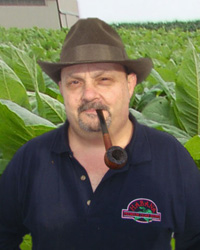




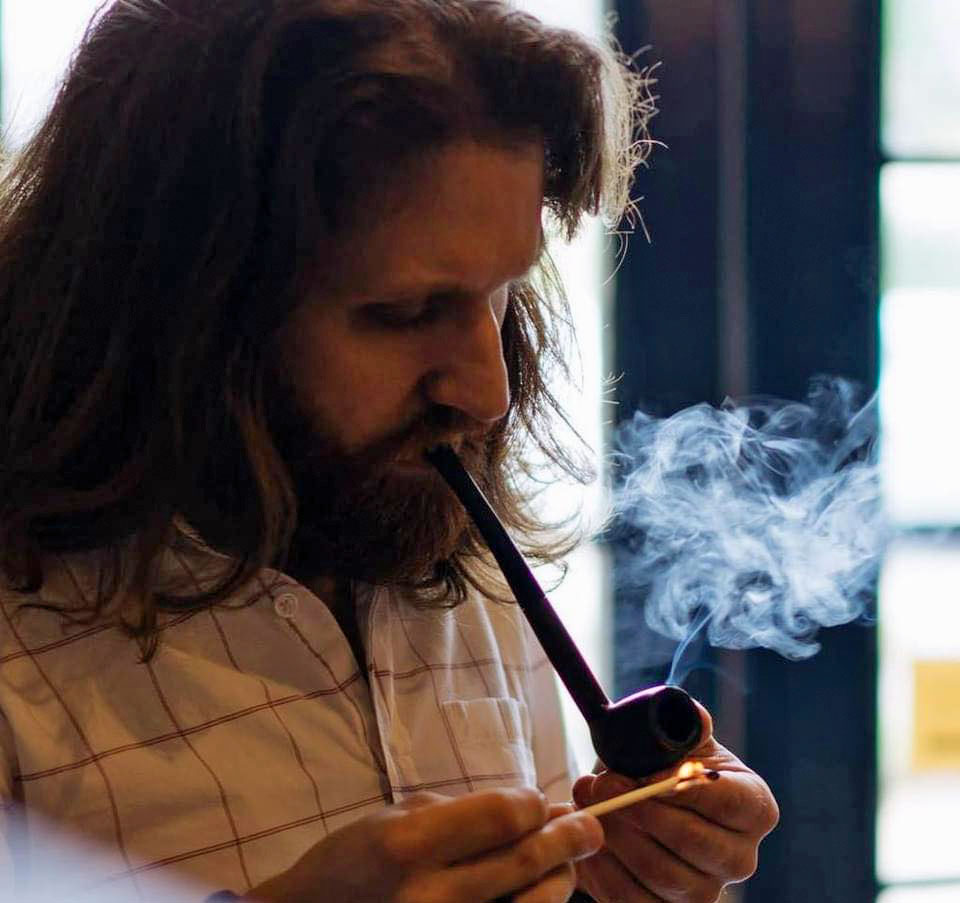
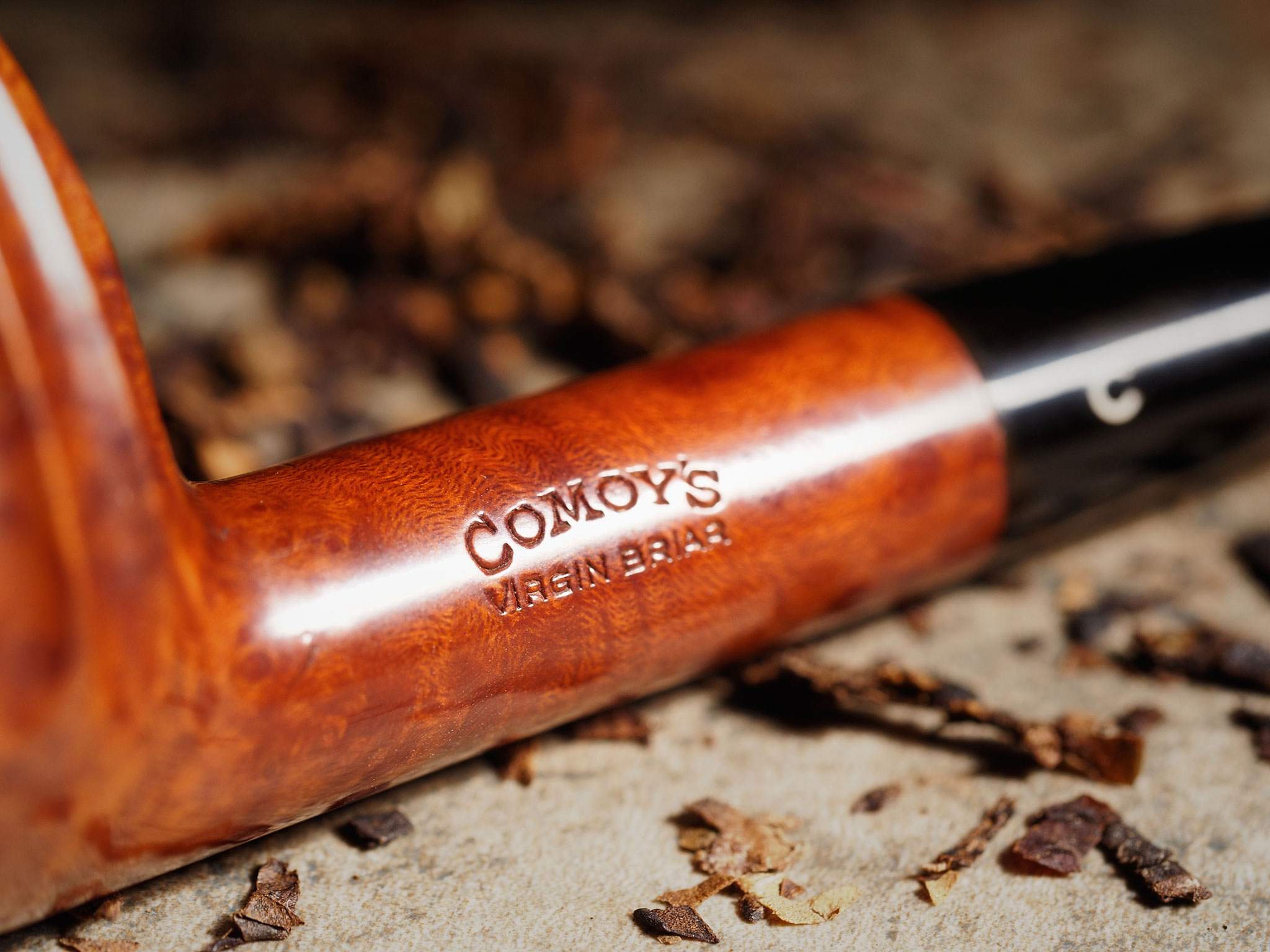


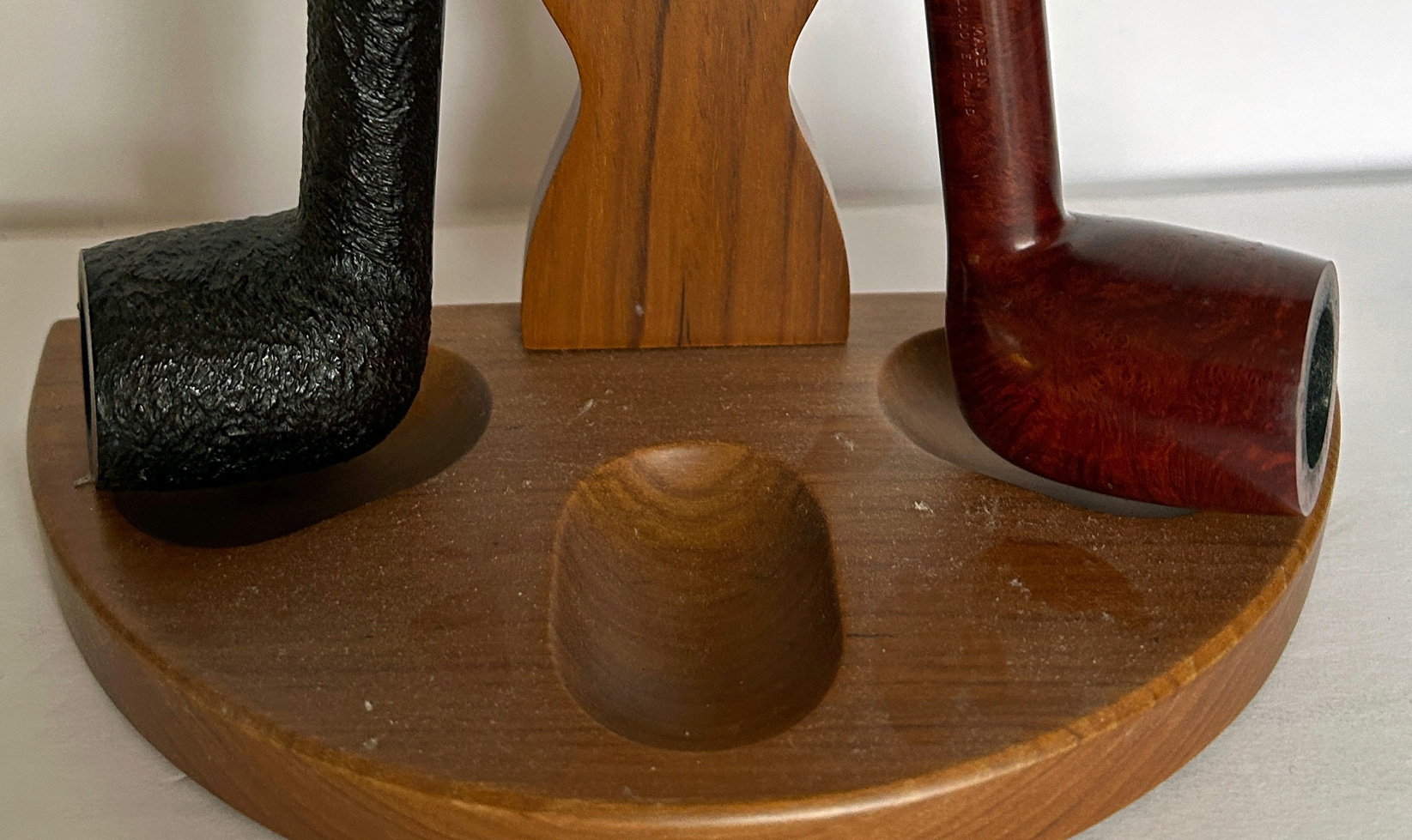




I’ve always been a Burley fan myself. People often describe Burley as having no flavor, but I disagree. I definitely get the coco/nutty taste. Other Burley based blends tend to have a wonderful “grain” taste to them, like a really good wheat bread kind of taste.
An interesting thing I have noticed, people who tend to favor Virginia seem to dislike Burley and vice versa and I’m no different. Virginia always tastes rather harsh to me. I never seem to get the “sweetness” that so many often describe as a characteristic of Virginia, whereas I do with Burley.
Another great article from one of my favorite blenders. It’s good to know about the blood sugar reference. As a smoker of every catagory of tobaccos I am always appreciative of Russ’s articles. I am amazed at the smooth non biteiness (Funn Dictionary) of blends like PA and the author’s own Classic Burley Kake which I currently have in an IV drip. Keep up the excellent work Mr. O.!!
Funn
Great and informative Russ. Thx!
Very nice article. Been smoking pipes for almost a year now and I love my burleys. In fact, it’s about all I have in my “cellar!”
Very interesting. Thanks Russ!
Great article, Russ. Well-written, informative, and entertaining.
I wish I could tolerate burley’s nic hit as there are blends I love with burley in them, but I can’t. I have to smoke burley very carefully, lest I become ill. As much as I enjoy my pipes, getting sick from a blend component is enough to make me quit altogether. And I certainly won’t buy most blends if I see they have burley blended into them.
Learned a thing or two from this article Russ! Thanks!
Thanks Russ, great article! Long Live Sir Walter Raleigh! LOL
Mr. Ouellette never ceases to be a font of tobacco knowledge and an incredibly good read. Doesn’t hurt either for him to be one of the premier blenders in the world today. Thanks for another gem, PM.com!
Always great info…thanks Russ. Also great talking to you today. Keep us posted on your latest creations – as I said over the phone – the Angler’s Dream promotion was briliant.
Great article Russ, as always, but I’m still waiting for the off-color punchline…. 😀
I’m a burley fan myself. Thanks for the great article.
I do wonder about the burley bite issue. In my experience unsweetened blending burley cant bite me at all (regardless of the alkalinity) but sweetened tobacco of any type is very inclined to bite. Could it be perhaps that the ‘burley bite’ is not a function of its alkalinity but the frequency with which it is used to carry sweeteners or aromatic sauces?
Burley is my favorite go to baccy. Prince
Albert, Granger,… Great article!
Great read as usual, Russ. I always learn a little something new each time I read your articles.
As far as bite being caused by casings or sauces, that’s not likely. Adding sugar can actually decrease the pH of a blend, which would reduce the possibility of tongue bite.
Regarding the off-color punchline, here goes-
“And the *$%@#!?! Burley I use is $^*&@!* amazing!”
Russ
I should have clarified in my post above that sauces and casing would not add to actual tongue bite, which is more of a cramping feeling, but it definitely can make a blend more likely to burn the tongue, which is a totally different thing.
Russ
Great article. I’m not a fan of burley, myself, but that’s more of a guideline than a rule. I guess it’s because my first tobacco was a straight burley and I have discovered a lot of variety since. Always good to learn about the various leafs, though.
Thanks,
Simon
Punchline?
.
…now take Virginia, my wife …please!
A really informative article and one all pipe smokers should read.
On the other hand, I hate burley.
I generally despise Burley, except as a modest blending component. But when it is properly stoved and aged, it is a thing of beaut, such as in Solani aged Burley Flake or the dearly departed Orlik Dark Fired Kentucky flake. That is a different animal.
I am a Burley aficionado and have been for 40 years. This is the finest blog on Burley I’ve ever read that tells it like it is. Great article Russ. Your knowledge of leaf is right on, keep the info coming and Thanks.
Good article!
Burley is the tobacco grown here and it has been for years. It’s what helped make my hometown famous in years past. It’s mostly dark-fired and in the fall months you could smell the aroma of the curing process for miles if you drove around in the country. There were many famous tobacco auction houses and warehouses here as well. Sadly the number of tobacco acreages have dropped considerably with all the anti-smoking idiocy so prevalent today. As a child I can remember hearing the tobacco market prices and information on the local radio stations and many of the high-school aged students got summer jobs measuring tobacco fields. Pretty much all this is gone now.
It’s nice to see burley get some of the attention it deserves, here. It’s a much more important tobacco than is often thought, especially amongst the VA purists. I’ve always found that one of burley’s most interesting characteristics, when used moderately as an adjunct to a blend rather than as the blend’s base, is that it can add body and “mouth feel” to the smoke, without significantly altering the natural flavor profile of the other tobaccos in the mix. It has a fascinating chameleon-like character in these cases. When first blended, the burley’s signature is very apparent in the smoke, but within a matter of days, it takes on the flavors of the other leaf, its own almost completely disappearing into the background, while still offering that extra something. It’s really interesting stuff.
Good artical. I like the burly myself
This burley fan stopped by for a second read… As always, good stuff. Thx.
Thanks for a great read. I’m starting to try out some new blends that some people call American English, basic Virginia Latakia Turkish blends with some Burly included and I am finding them a nice change.
My dad chained smoked a pipe and sometimes cigars for about 50 of his 89 years, and for pipes, Granger was his brand, Burley all the way. He did not rotate pipes, and he never smoked another tobacco. When one pipe cracked, he’d buy another. I’ve worked my way through aromatics and now prefer English blends, and enjoy blending my own, but I am surprised all these years later at how good Granger, Prince Albert, and Half and Half are, even alternated with Dunhill, Cornell and Diehl, Mac Baren, Sutliff and such. People taste blends in remarkably different ways, but I suspect for most people, the old time brands are a satisfying accompaniment to their smoking regime.